Leaf Miner: An Artist’s Journey
The Highlights Foundation in Boyds Mills, PA. An oasis of calm and creativity, a place for writers and illustrators to work. In between revising chapters and tinkering with adjectives, I took a walk along one of the woodland trails, and discovered that an artist had been this way before me. Not an illustrator of children’s books; an illustrator of leaves. It looks as though some demented graffiti artist has been spray-painting leaves in crazy, random patterns. But this botanical doodling is the work of an insect called a leaf miner. There are hundreds of species of leaf miners, which...
Read MoreHeal-All: First Aid Kit
Heal-all is a hardy, ubiquitous little wildflower–in fact, it’s found all over the world in temperate zones. On a mowed lawn it will flower at two inches high, though it can get knee-high in a meadow. The square stem and opposite leaves show that it’s in the mint family, though with no minty smell. A humble little plant, easy to overlook. But it’s often noticed by bumblebees–the short, strong stems and stubby flower heads are a handy perch for the portly insects, who need stalwart flowers to support their weight. Bumblebees are important plant pollinators whose...
Read MoreHappy National Pollinator Week!
Seriously. It’s National Pollinator Week, June 16 – 22, 2014. It’s a national…well, not exactly a holiday–a national time to stop and think about it. Of course they have National Everything Week–not a day goes by but it’s National Something Day or Week or Month. National Women’s History Month (we only have enough history to fill up one month). National Jazz Appreciation Month. There’s National Pig Day (March 1, put it on your calendar for next year). National Ice Cream Month, a worthy cause indeed, officially designated in 1984 by Ronald...
Read MoreThankful for Milkweed
Where are they? The monarch butterflies—where have they gone? Those big bright orange rainbows that flutter past every fall. Where did they go this year? They didn’t flutter past my house. I saw not one. Did you? What’s happening? I can hardly bear to say, it, but the monarchs are dwindling. Monarch populations hit historic–disastrous–lows this year. There are a lot of reasons for this—pesticides, bad weather, habitat loss. But a big reason is loss of milkweed. Milkweed. It’s the plant that monarchs need. The only plant they lay eggs on, the only plant the caterpillars will feed...
Read MoreDoorways in the Grass: Funnel Web Spiders
Trailside, on a damp October morning. Circles of diamond dew-drops, magically suspended above the ground in neat circular patterns. I had to look closely to see the threads of web that held up the water droplets, and even more closely to see the funnel-shaped door at the top of the circle. The home of the funnel web spider. I’ve always loved the sight of these dainty webs, like lace handkerchiefs strewn across the ground. And sometimes I can’t resist the temptation to tap one with a finger and watch the little spider dart out to see if dinner has arrived, and then vanish back...
Read MoreNew England Asters: North of the Border
Welcome to Canada. It’s the foreign country that doesn’t feel like a foreign country. It has gas stations, billboards, McDonalds, and all the elements of American culture. And it has New England asters. But wait a minute. This isn’t New England, it’s New Brunswick (not sure where old Brunswick is.) So how can they be New England asters? I thought it was just one of those common-name things, where the common name for a plant varies locally, but no, they are indeed officially New England asters, even in Latin. Symphyotrichum novae-angliae. They’re native to just...
Read More
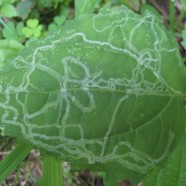
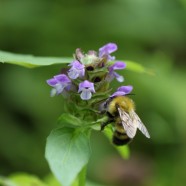
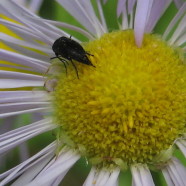
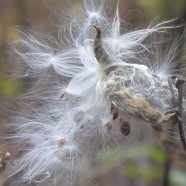
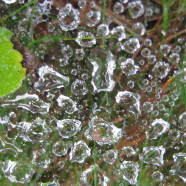





Recent Comments